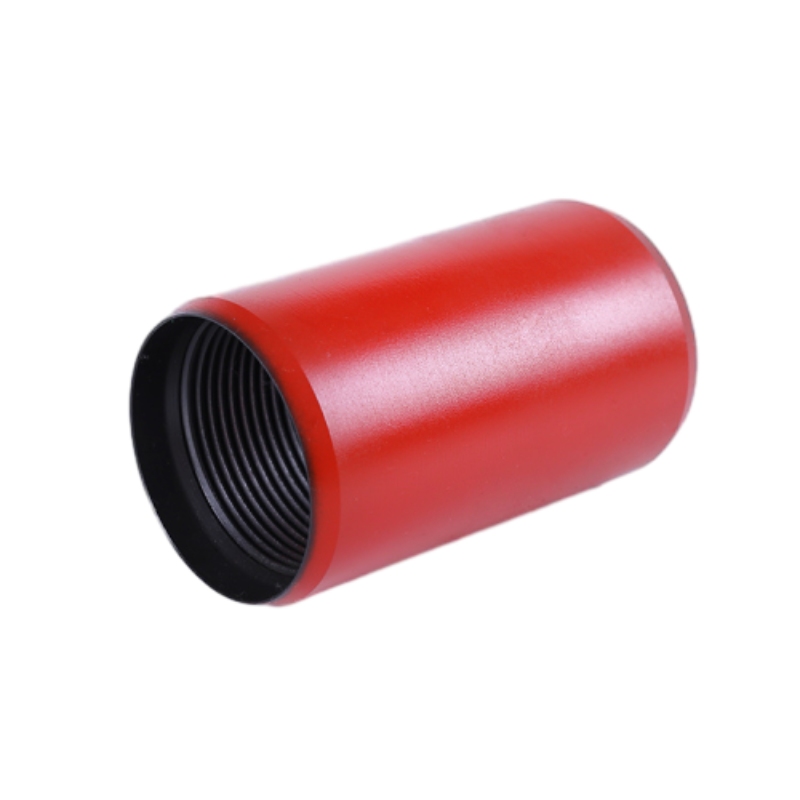- Afrikaans
- Albanian
- Amharic
- Arabic
- Armenian
- Azerbaijani
- Basque
- Belarusian
- Bengali
- Bosnian
- Bulgarian
- Catalan
- Cebuano
- Corsican
- Croatian
- Czech
- Danish
- Dutch
- English
- Esperanto
- Estonian
- Finnish
- French
- Frisian
- Galician
- Georgian
- German
- Greek
- Gujarati
- Haitian Creole
- hausa
- hawaiian
- Hebrew
- Hindi
- Miao
- Hungarian
- Icelandic
- igbo
- Indonesian
- irish
- Italian
- Japanese
- Javanese
- Kannada
- kazakh
- Khmer
- Rwandese
- Korean
- Kurdish
- Kyrgyz
- Lao
- Latin
- Latvian
- Lithuanian
- Luxembourgish
- Macedonian
- Malgashi
- Malay
- Malayalam
- Maltese
- Maori
- Marathi
- Mongolian
- Myanmar
- Nepali
- Norwegian
- Norwegian
- Occitan
- Pashto
- Persian
- Polish
- Portuguese
- Punjabi
- Romanian
- Russian
- Samoan
- Scottish Gaelic
- Serbian
- Sesotho
- Shona
- Sindhi
- Sinhala
- Slovak
- Slovenian
- Somali
- Spanish
- Sundanese
- Swahili
- Swedish
- Tagalog
- Tajik
- Tamil
- Tatar
- Telugu
- Thai
- Turkish
- Turkmen
- Ukrainian
- Urdu
- Uighur
- Uzbek
- Vietnamese
- Welsh
- Bantu
- Yiddish
- Yoruba
- Zulu
Enhancing Tubing Performance Through Advanced Coupling Techniques and Solutions
Coupling for Tubing An Essential Component in Oil and Gas Operations
In the oil and gas industry, the exploration and extraction of hydrocarbons involve a complex array of components and equipment. One of the most critical aspects of this process is the use of tubing, which serves as a conduit for transporting fluids, including crude oil and natural gas, from the wellbore to the surface. Integral to the functionality and efficiency of tubing systems are couplings, which connect sections of tubing together. Understanding the importance of these couplings, their types, and their applications is essential for anyone involved in oil and gas operations.
The Role of Couplings
Couplings are mechanical devices that join two lengths of tubing and maintain a secure connection under varying pressure and temperature conditions. They are typically made from high-strength materials such as carbon steel or stainless steel, chosen for their durability and resistance to corrosion. The integrity of this connection is paramount, as any failure could lead to leaks, operational downtime, and environmental hazards. Couplings also facilitate the ease of installation and maintenance, allowing for efficient modifications and repairs in the field.
Types of Couplings
There are several types of couplings utilized in tubing systems, each designed for specific applications and requirements
1. Threaded Couplings These are perhaps the most common type of couplings used in tubing. They feature male and female threads that screw together, providing a secure and leak-proof connection. Threaded couplings are relatively easy to install and remove, making them popular in temporary setups or for operations that require frequent changes.
2. Welded Couplings In applications where a more permanent connection is required, welded couplings are often used. These couplings are joined by welding, which creates a strong bond that is capable of withstanding high pressures and harsh environmental conditions. However, the installation process is more complex, requiring skilled labor and specialized equipment.
coupling for tubing

3. Socket Weld Couplings This type of coupling involves inserting one pipe into another and welding it at the joint. Socket weld couplings provide a smooth internal surface, which reduces turbulence and enhances flow characteristics. They are typically used in smaller diameter tubing systems.
4. Flanged Couplings These couplings use flanges to connect two sections of tubing. Flanged couplings are advantageous for larger diameter pipes, allowing for easy disconnection and reconnection without altering the existing system. They are commonly seen in processing facilities and where maintenance access is crucial.
Applications and Considerations
The choice of coupling depends on various factors, including the type of fluid being transported, the temperature and pressure of the environment, and the specific requirements of the oilfield operation. For instance, in environments with corrosive fluids, couplings made from corrosion-resistant alloys might be necessary.
Proper maintenance and inspection of couplings are also vital. Inspections should focus on signs of wear, corrosion, and other potential points of failure. Regular maintenance not only prolongs the lifespan of the couplings but also enhances the overall safety and efficiency of the operations.
Conclusion
In conclusion, couplings are a fundamental component of tubing systems in the oil and gas industry, ensuring that the transport of fluids is safe and efficient. With various types of couplings available, selecting the right one for specific applications is crucial for optimizing operations and minimizing risks. As the industry continues to evolve, advances in material science and engineering will likely lead to the development of even more effective coupling solutions, further enhancing the safety and efficiency of oil and gas extraction processes. Investing in high-quality couplings and prioritizing their maintenance is essential to achieving operational excellence in this demanding field.
-
Tubing Pup Joints: Essential Components for Oil and Gas OperationsNewsJul.10,2025
-
Pup Joints: Essential Components for Reliable Drilling OperationsNewsJul.10,2025
-
Pipe Couplings: Connecting Your World EfficientlyNewsJul.10,2025
-
Mastering Oilfield Operations with Quality Tubing and CasingNewsJul.10,2025
-
High-Quality Casing Couplings for Every NeedNewsJul.10,2025
-
Boost Your Drilling Efficiency with Premium Crossover Tools & Seating NipplesNewsJul.10,2025






